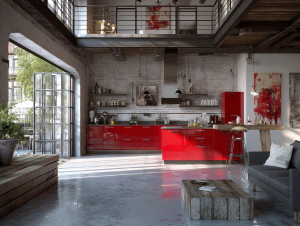Selecting the Appropriate Historic Aluminium Window Profiles in Historic Homes

Modern performance requirements are gradually replacing period houses, which are prized for their historical beauty and workmanship. Heritage aluminium window shapes are becoming more and more popular. They are made to resemble old windows while adding contemporary features. These designs provide the ideal balance between maintaining the beauty of the era and providing modern advantages. However, selecting the appropriate profile necessitates giving considerable thought to architectural compatibility, glazing, material requirements, planning laws, historical authenticity, and supplier knowledge. These windows were thermally inefficient due to their single glazing and frequent use of steel or wood. Strict regulations frequently restrict façade modifications while replacing windows in historic buildings.
Heritage aluminium windows are essential for both their aesthetic appeal and thermal effectiveness. Modern systems can support multiple layers of glazing, which improves thermal efficiency. Traditional windows often had single glazing and uneven glass. Additionally, they provide a variety of treatments, like as powder coating, so that homeowners may contrast or match pre-existing architectural features. Additionally, homeowners may select between classic and modern styles thanks to dual-color possibilities. Authenticity can also be improved by expert finishing.
One of the biggest obstacles to changing windows in historic residences, particularly in listed structures or conservation zones, is obtaining planning clearance. When it comes to changes that could change a building’s character, local authorities are wary. Nonetheless, conservation officials are beginning to accept aluminium heritage profiles. Since manufacturers frequently supply CAD designs, cross-section information, and test certifications, it is advised to speak with local authorities and collaborate with a supplier skilled in heritage installations.
Because of the uneven apertures, delicate stone or timber surroundings, and structural limits, placing aluminium windows in historic houses calls for tact and consideration. Both heritage work experience and the ability to integrate aluminium components into pre-existing subframes are essential. Properties with substantial stone walls may require custom sills and trims. Weatherproofing, moisture management, and interim sealing are all possible retrofitting tasks that need careful design. Visual disharmony, water intrusion, and air leakage can all result from poorly fitted windows. Heritage aluminium systems have been tested for weather resistance, acoustic attenuation, and thermal performance, therefore selecting the correct provider is essential. Certifications such as PAS 24 for safety, BS 6375 for efficiency, or Document L compliance on conservation of energy should be held by suppliers.





